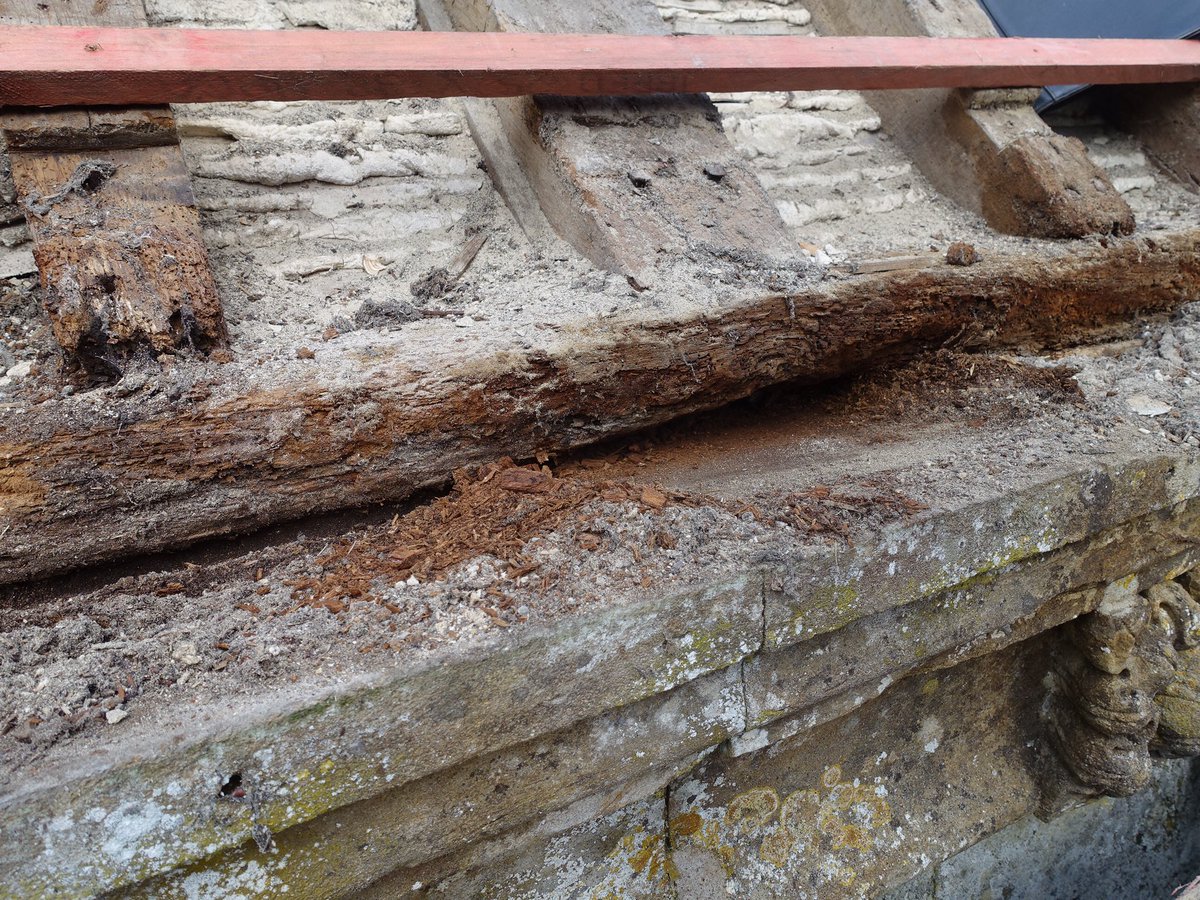
A dizzying view down a medieval spiral staircase in a church tower...
The word SPIRAL comes from the Latin root SPIRA - to coil, wind or twist. This 14th-15th century spiral staircase winds claustrophobically through the iconic fenland tower of St Andrew's, Wood Walton.
#thread
The word SPIRAL comes from the Latin root SPIRA - to coil, wind or twist. This 14th-15th century spiral staircase winds claustrophobically through the iconic fenland tower of St Andrew's, Wood Walton.
#thread

SPIRE, on the other hand, comes from the Old English SPIR - a sharp point or blade of grass. It's related to SPEAR.
The elegant 14th-century spire of St Mary the Virgin's, Tetbury, in the Cotswolds is the fourth tallest in England, pointing 57m into the sky!
📷 Billy Wilson
2/
The elegant 14th-century spire of St Mary the Virgin's, Tetbury, in the Cotswolds is the fourth tallest in England, pointing 57m into the sky!
📷 Billy Wilson
2/

Are you INSPIRED by these remarkable feats of engineering? That's yet another linguistic root, the spire coming from (Latin) SPIRITUS — the breath of life.
3/
3/

Bonus tweet: who’d like to see what the inside of a spire looks like?
...
(Also, St Mary the Virgin, Tetbury isn’t in our care.)
4/
...
(Also, St Mary the Virgin, Tetbury isn’t in our care.)
4/

• • •
Missing some Tweet in this thread? You can try to
force a refresh


















